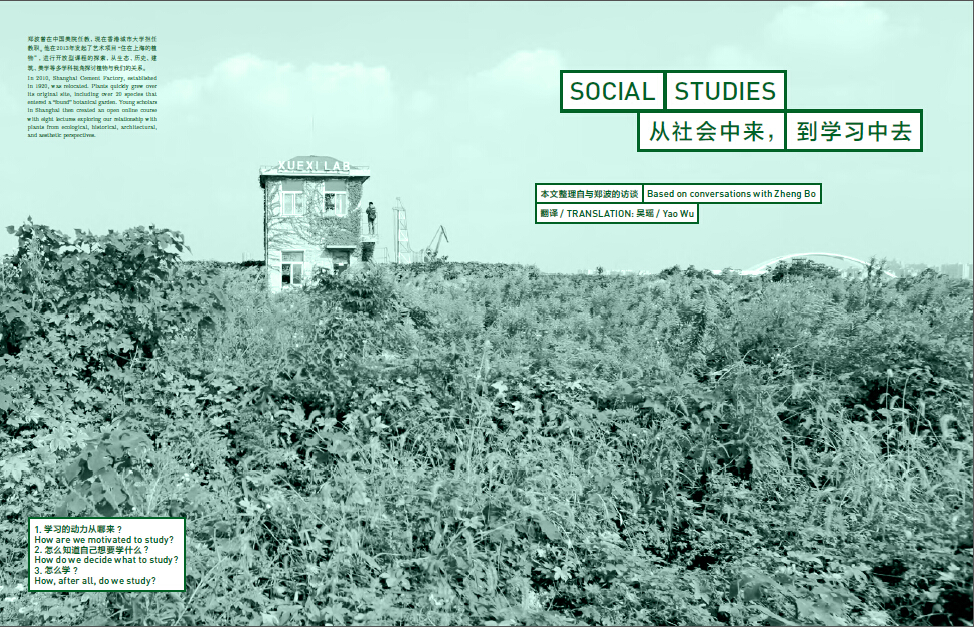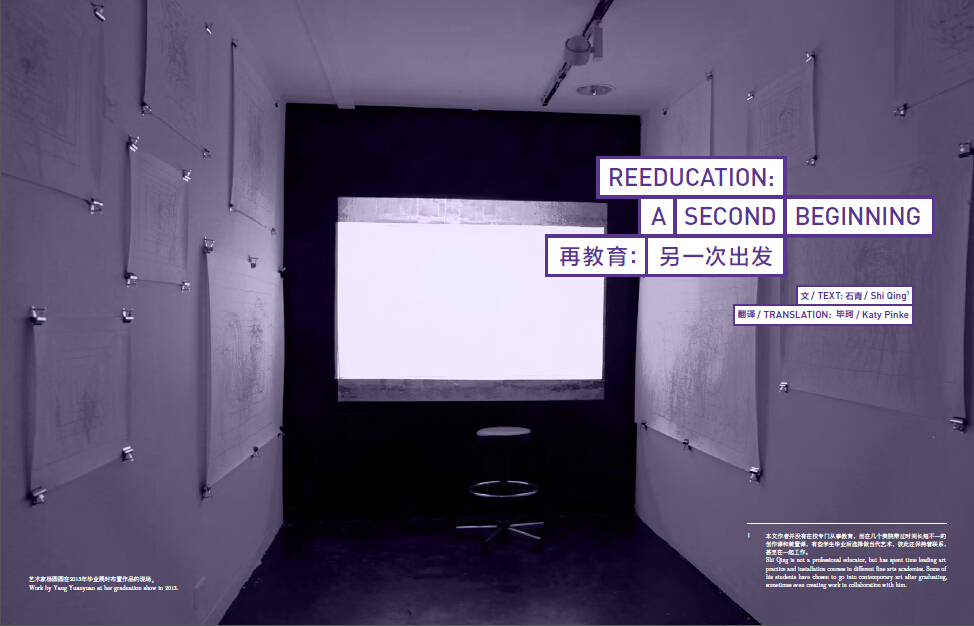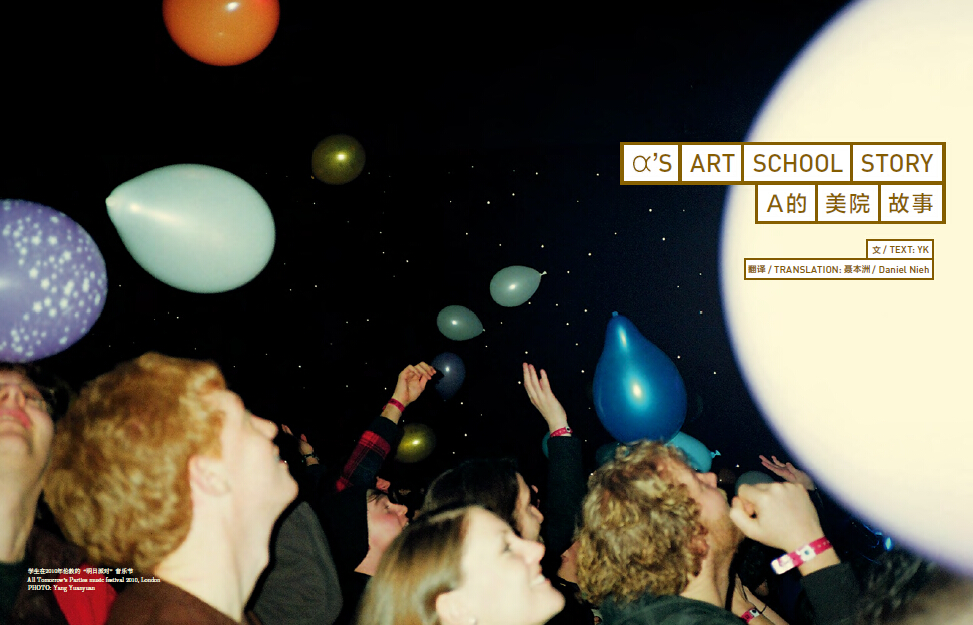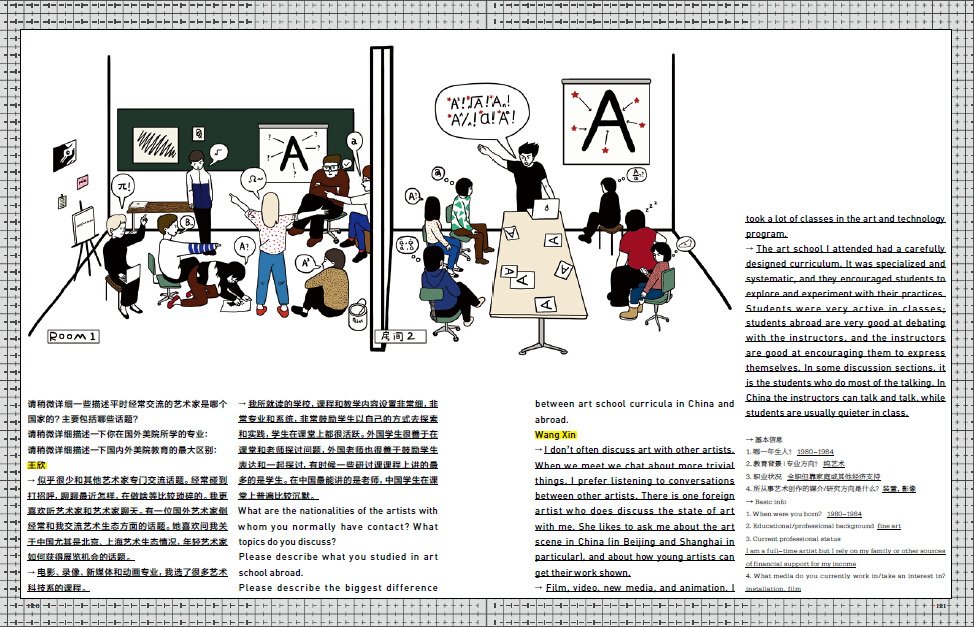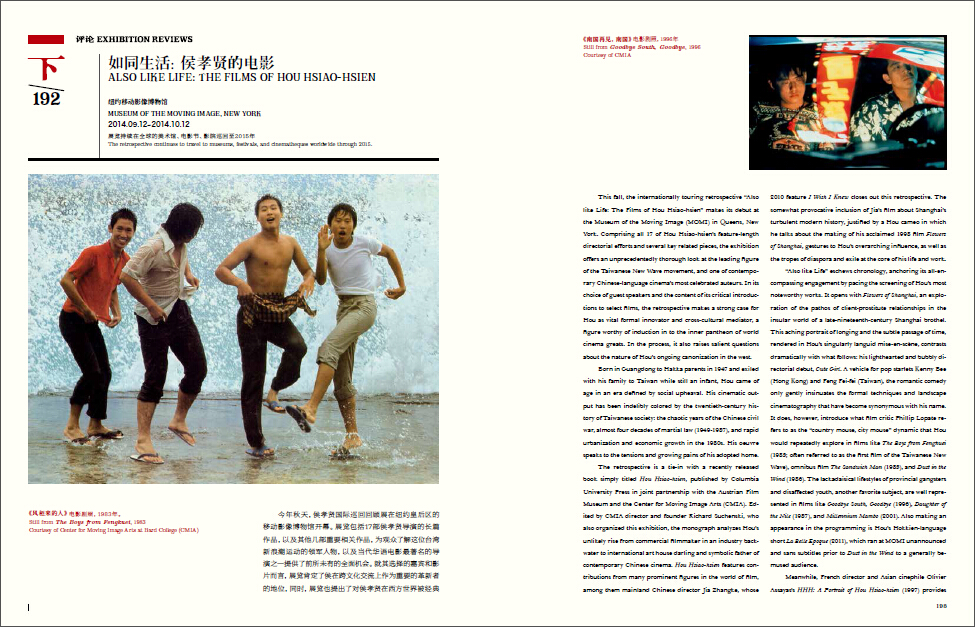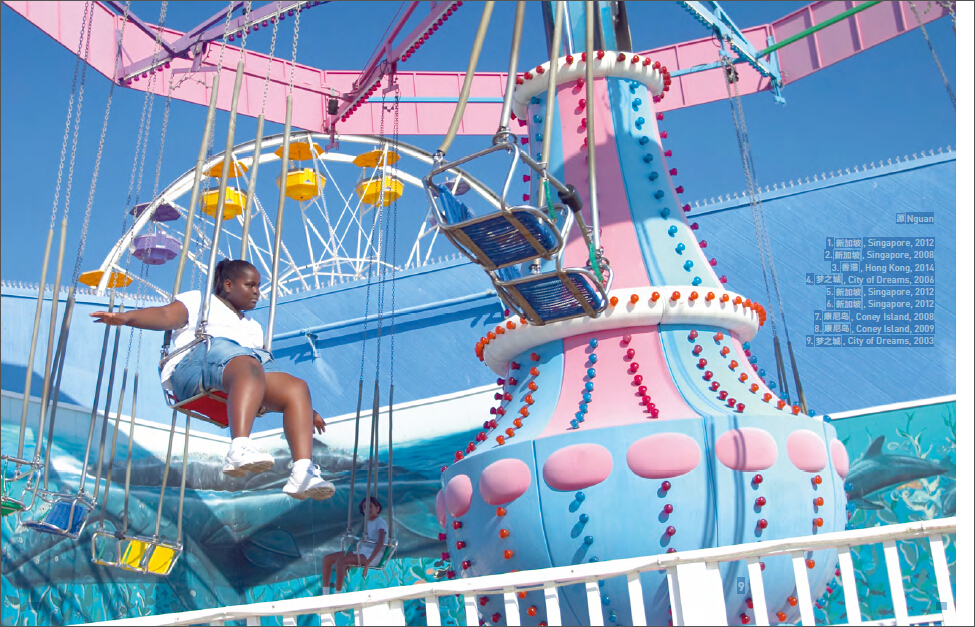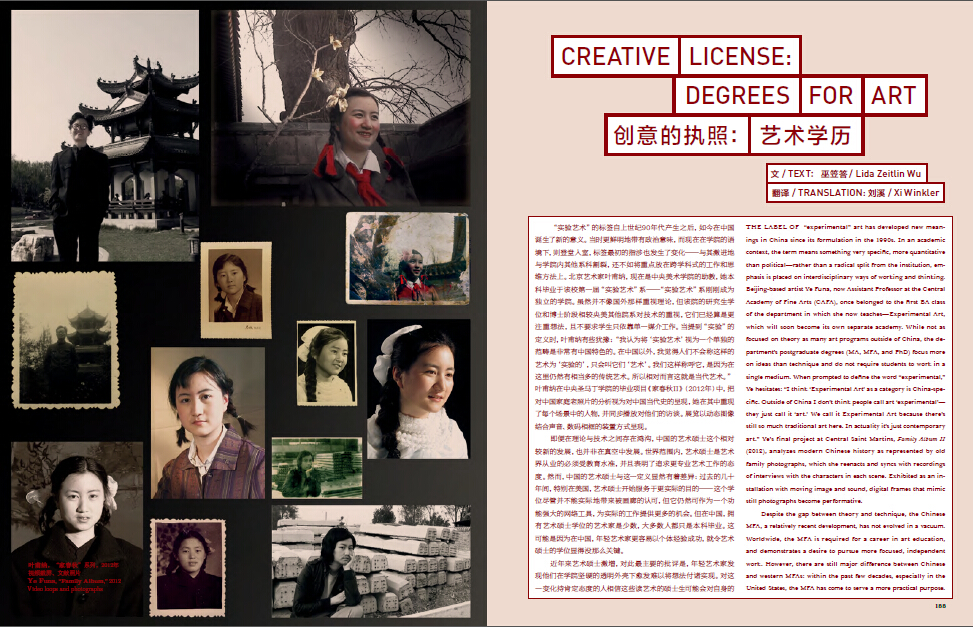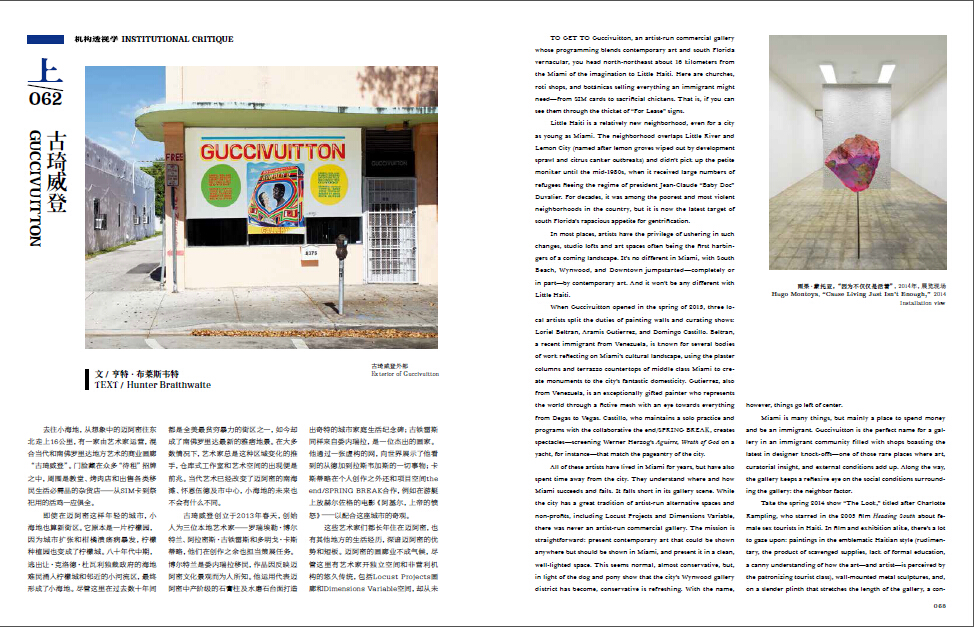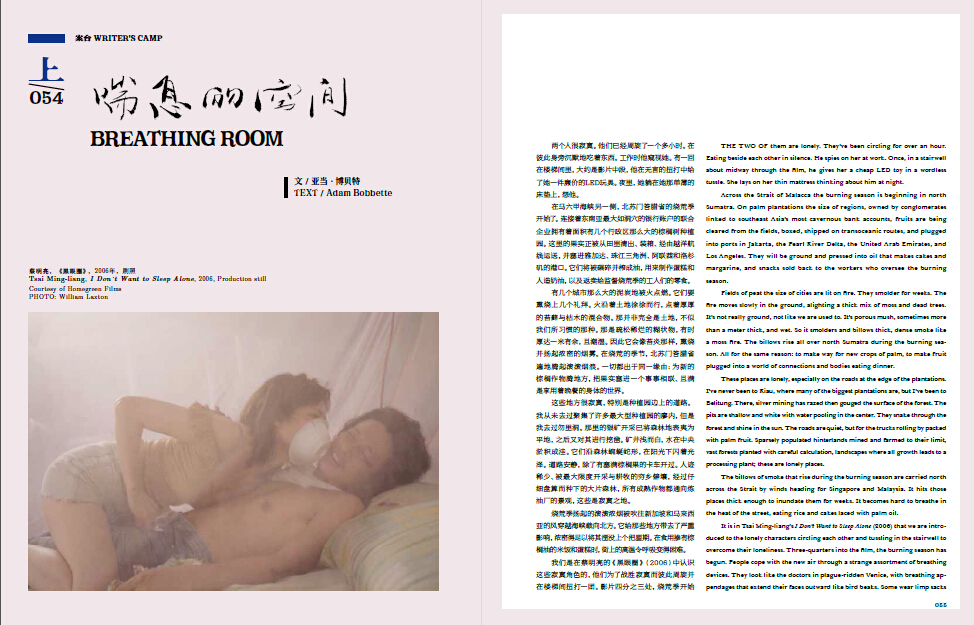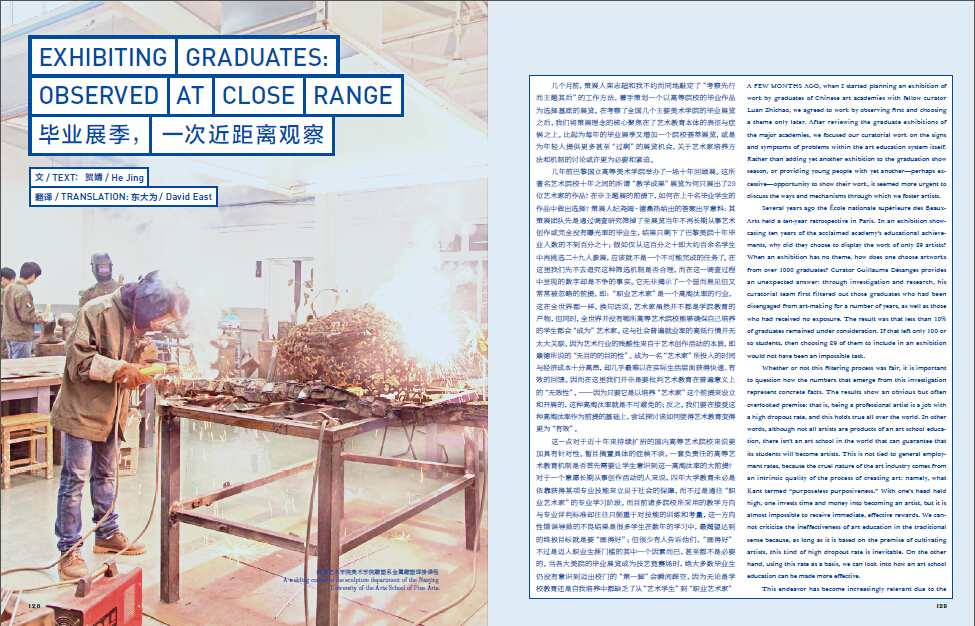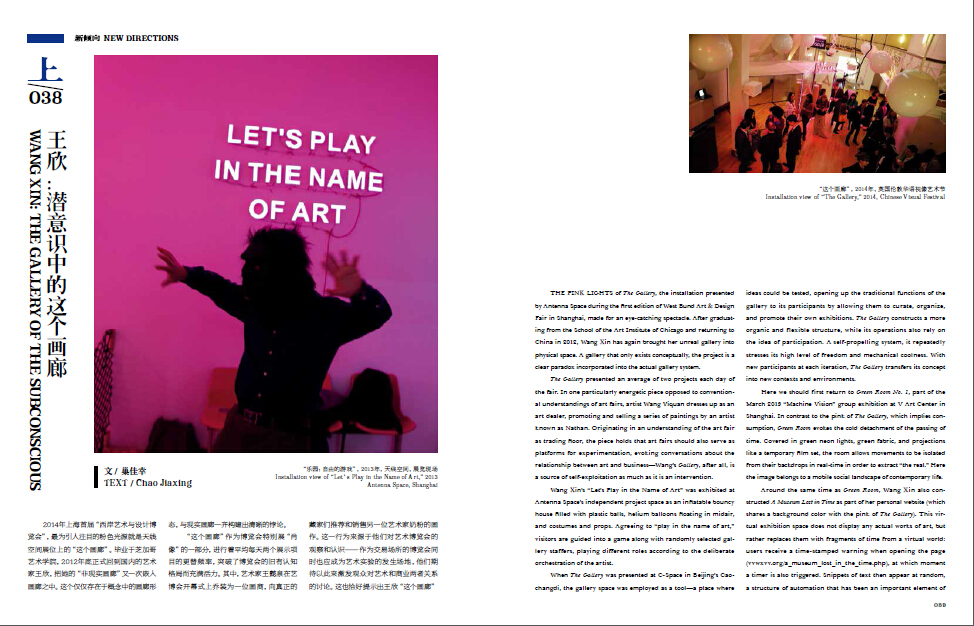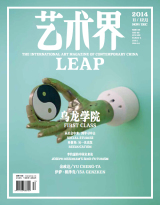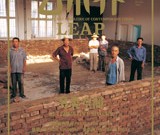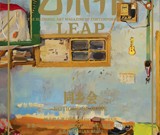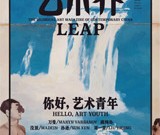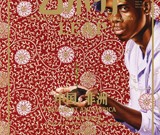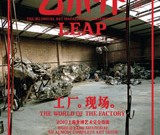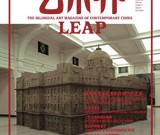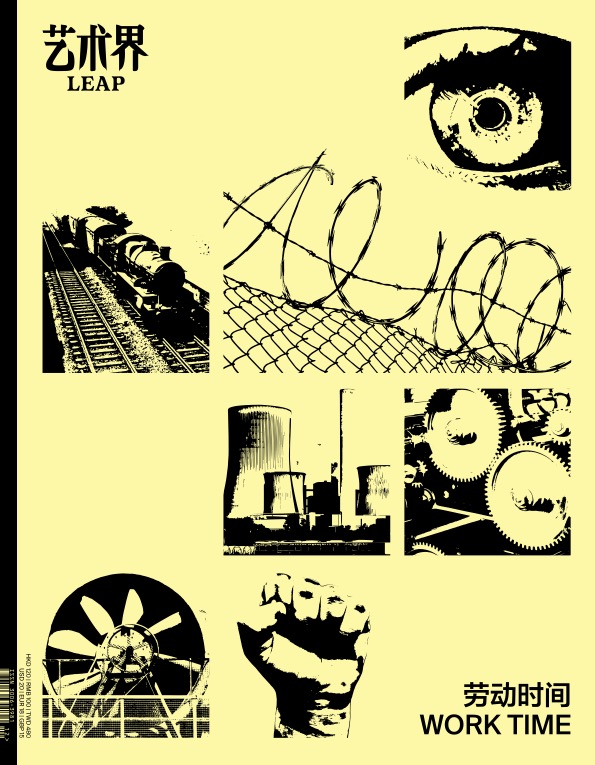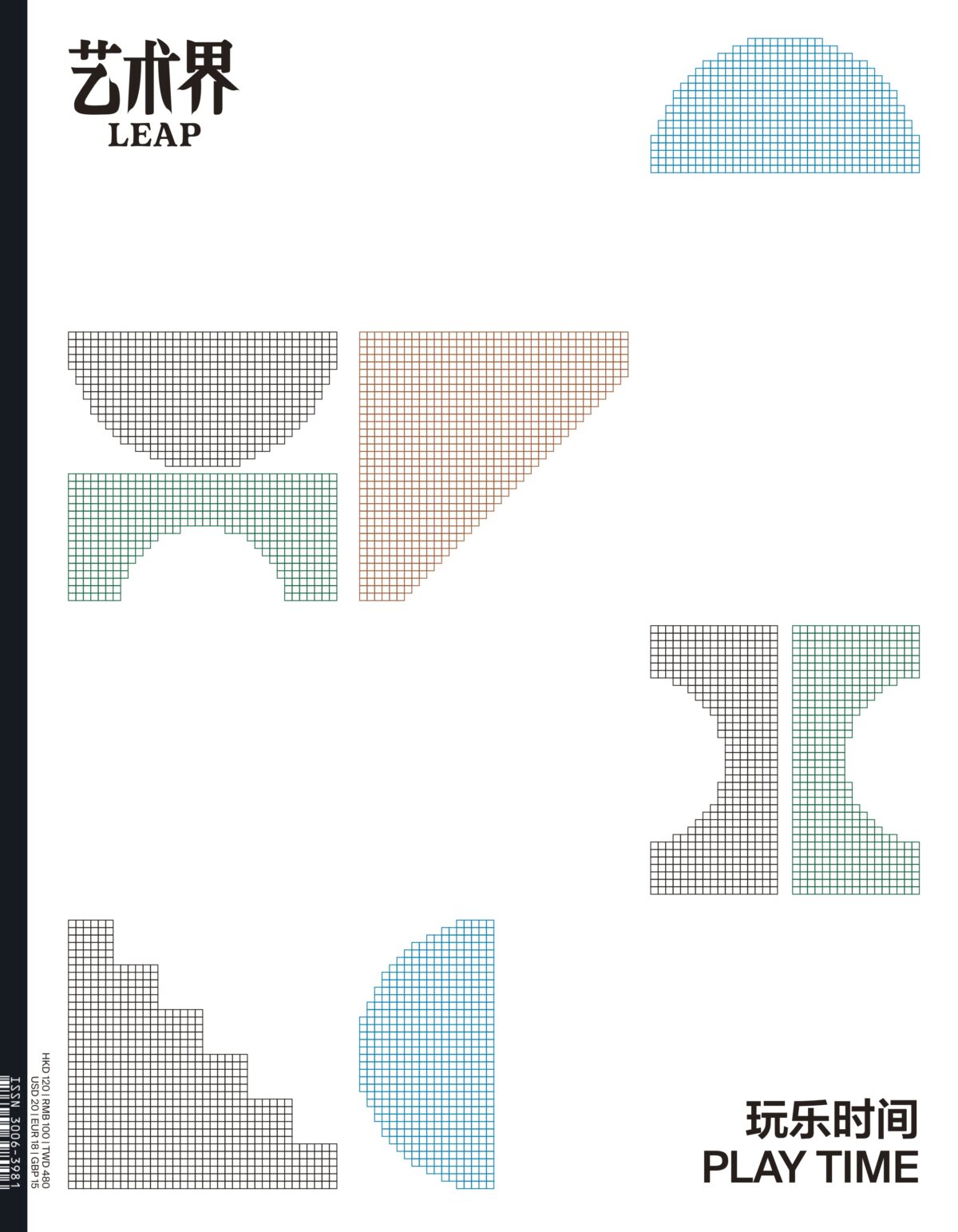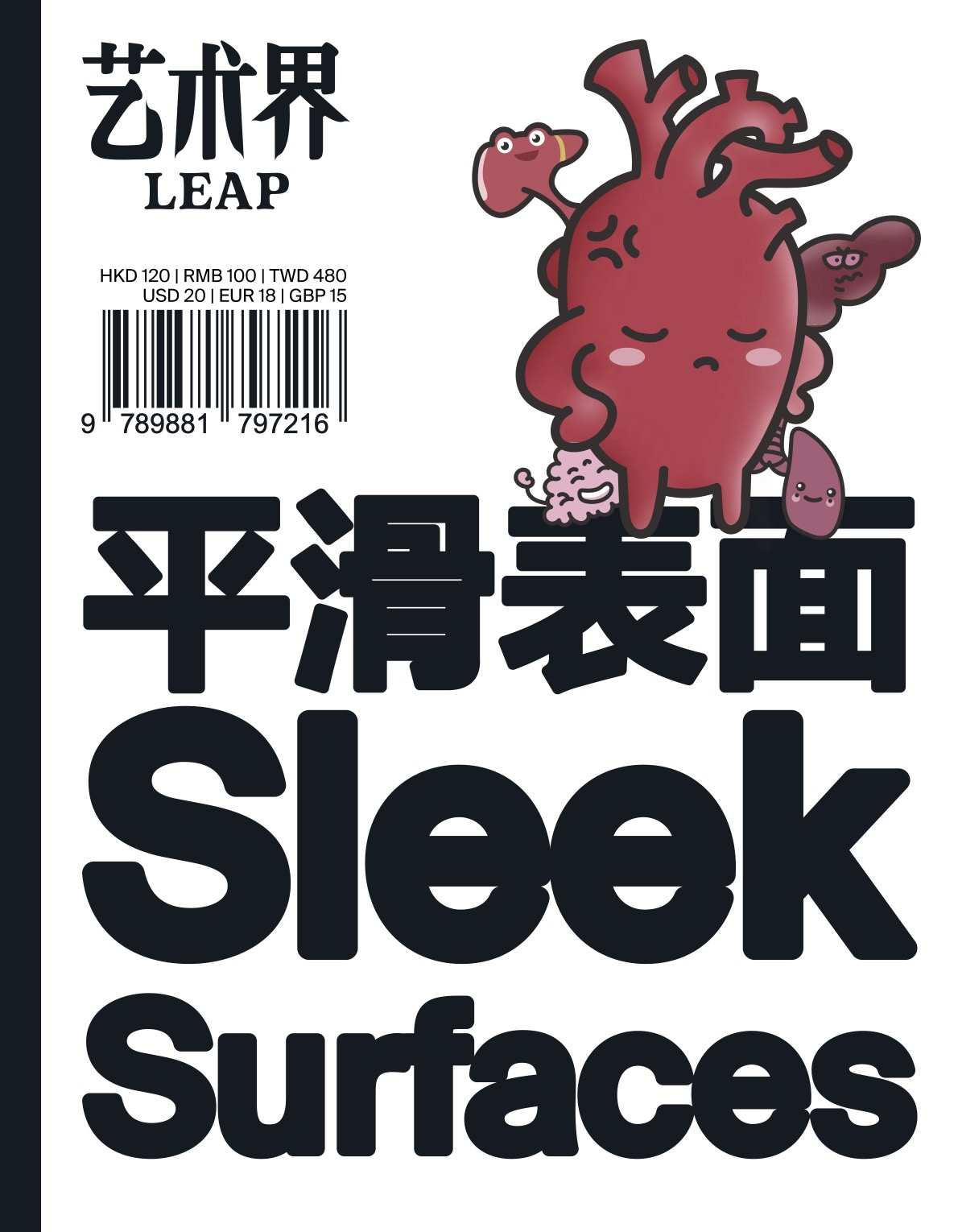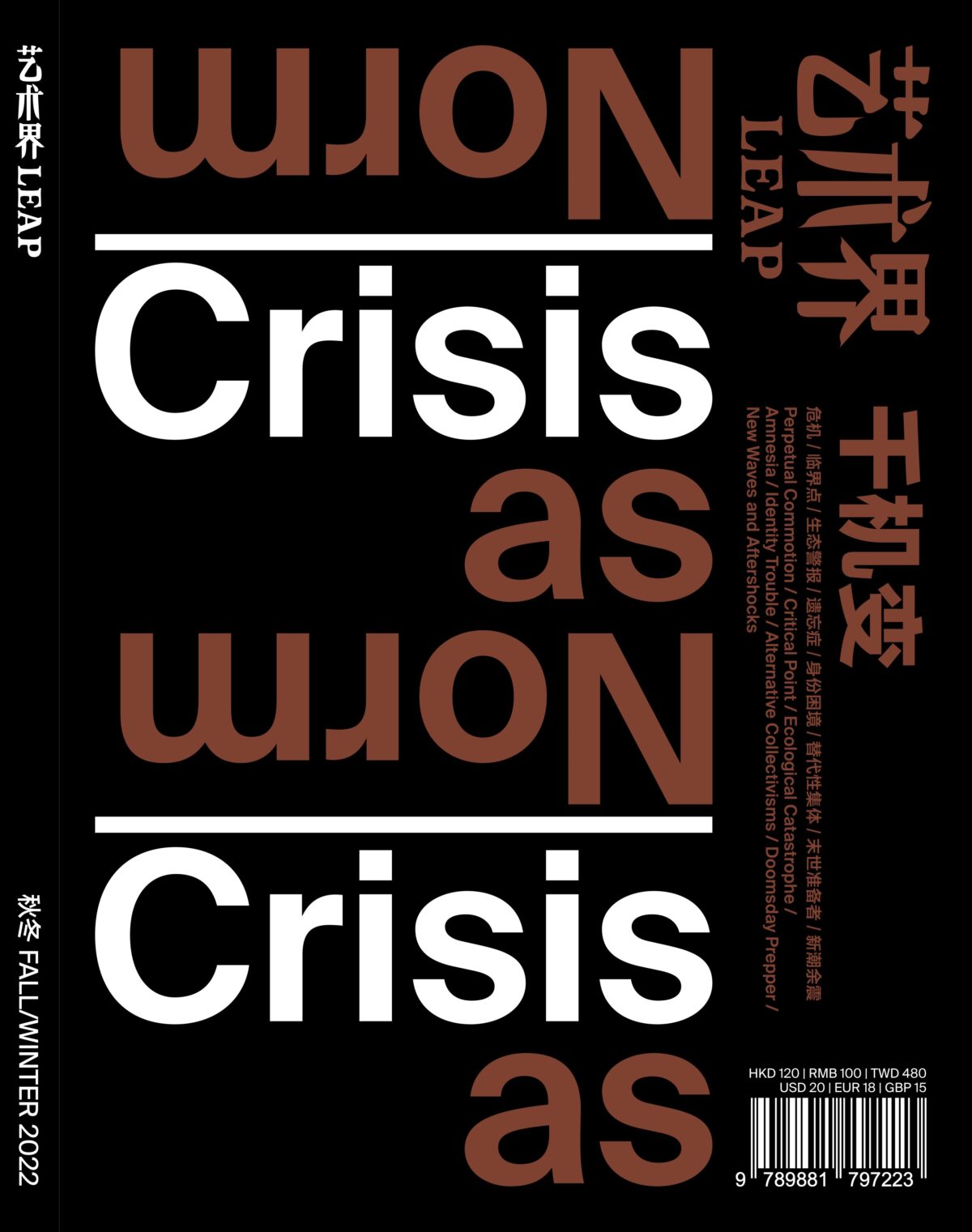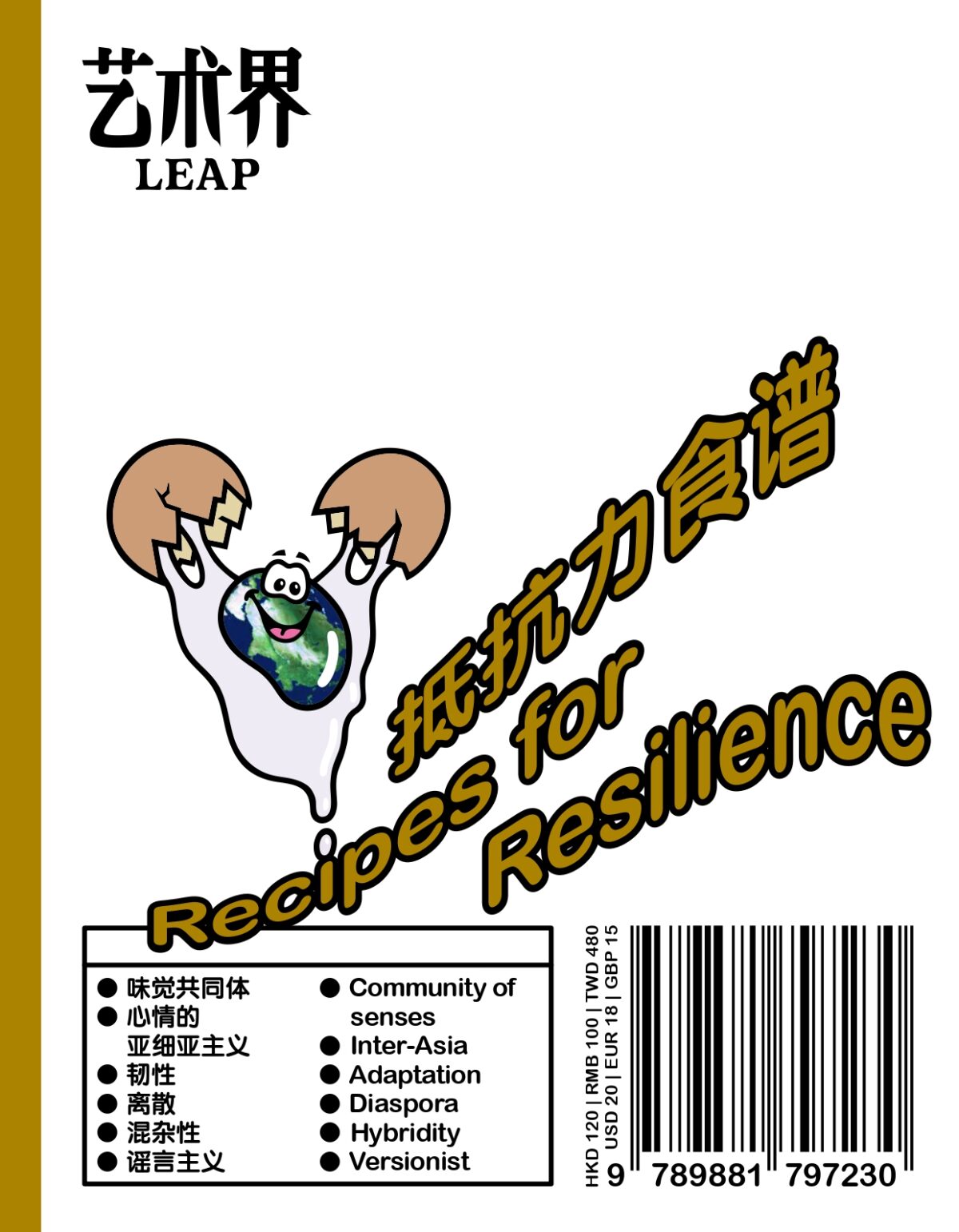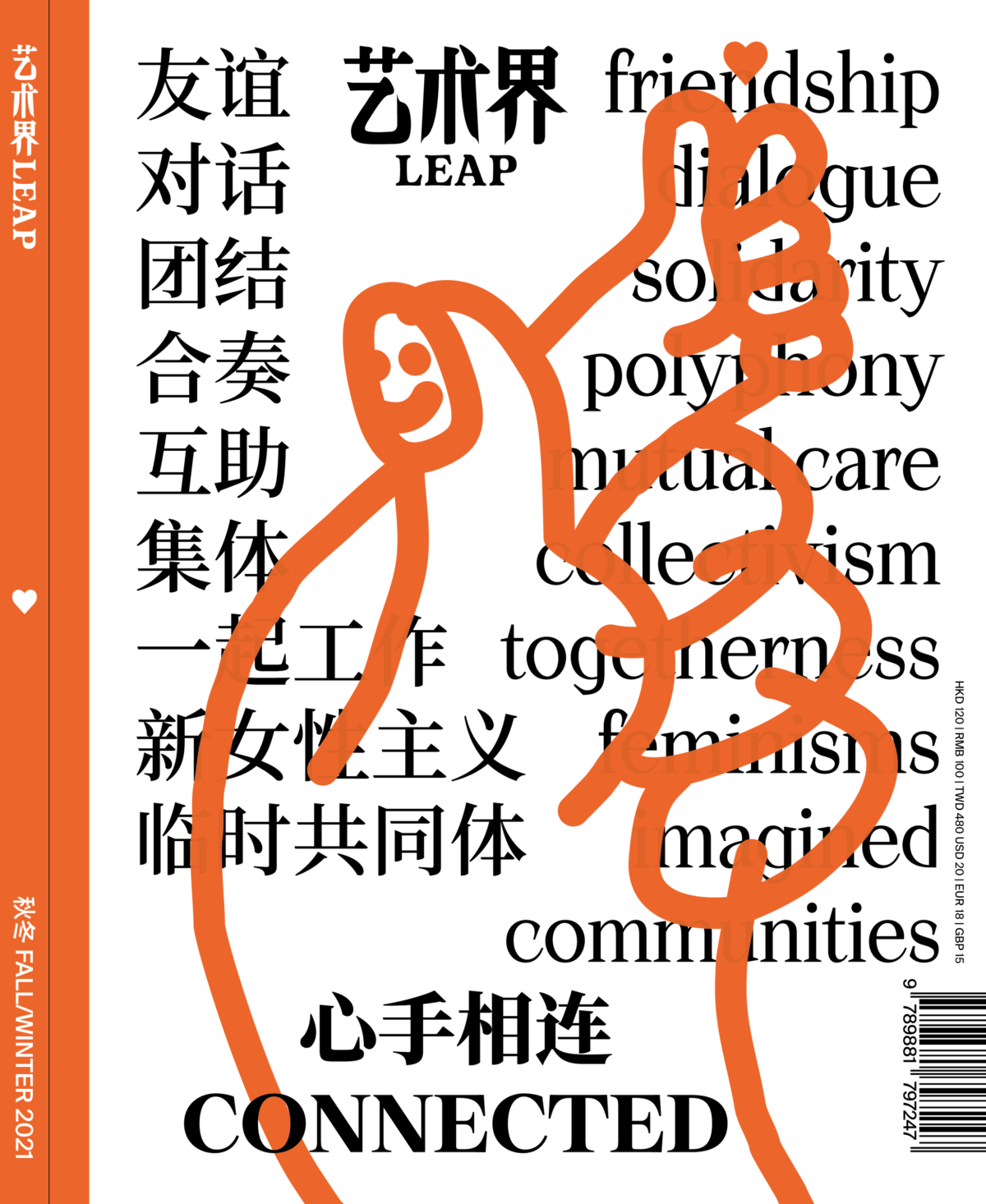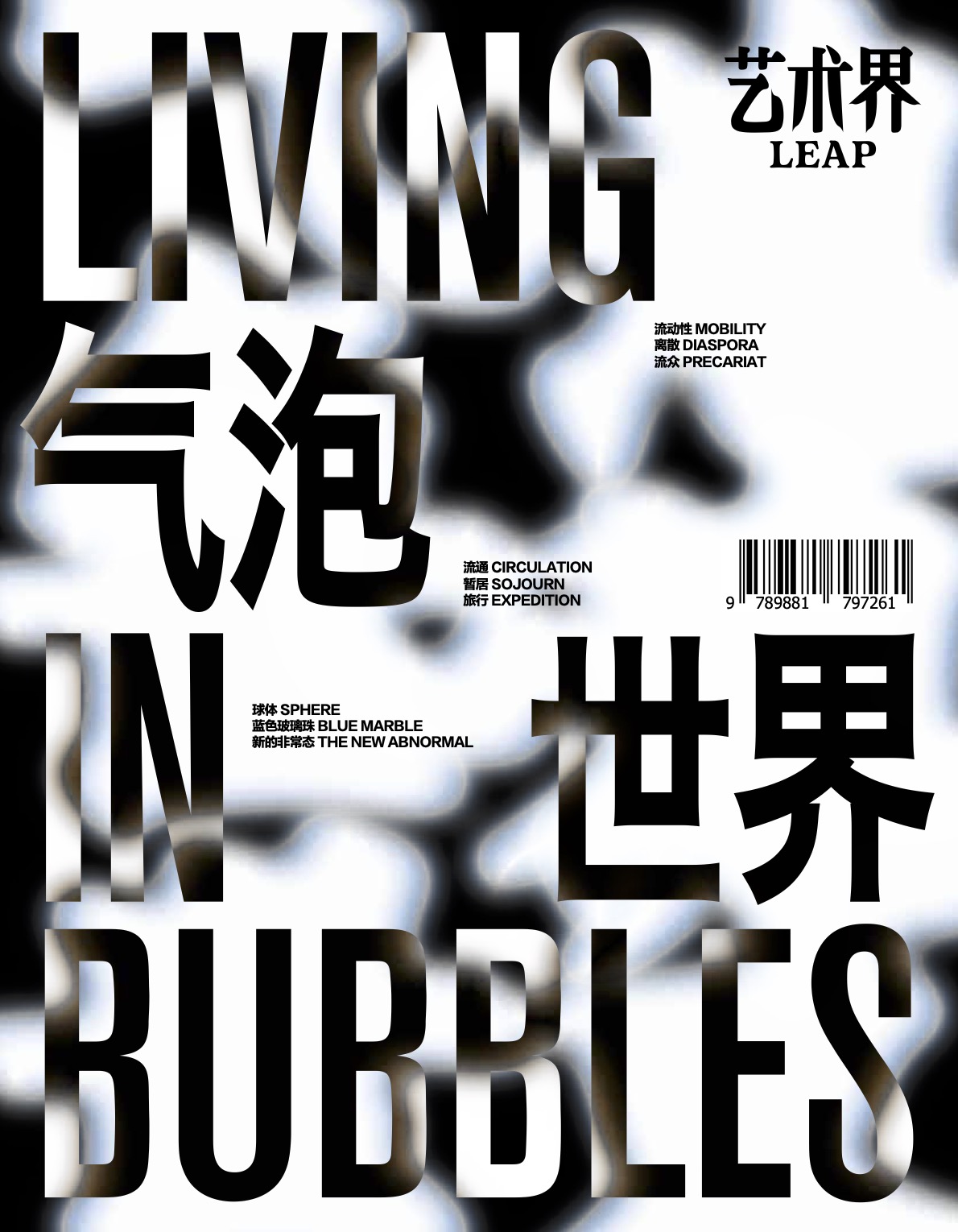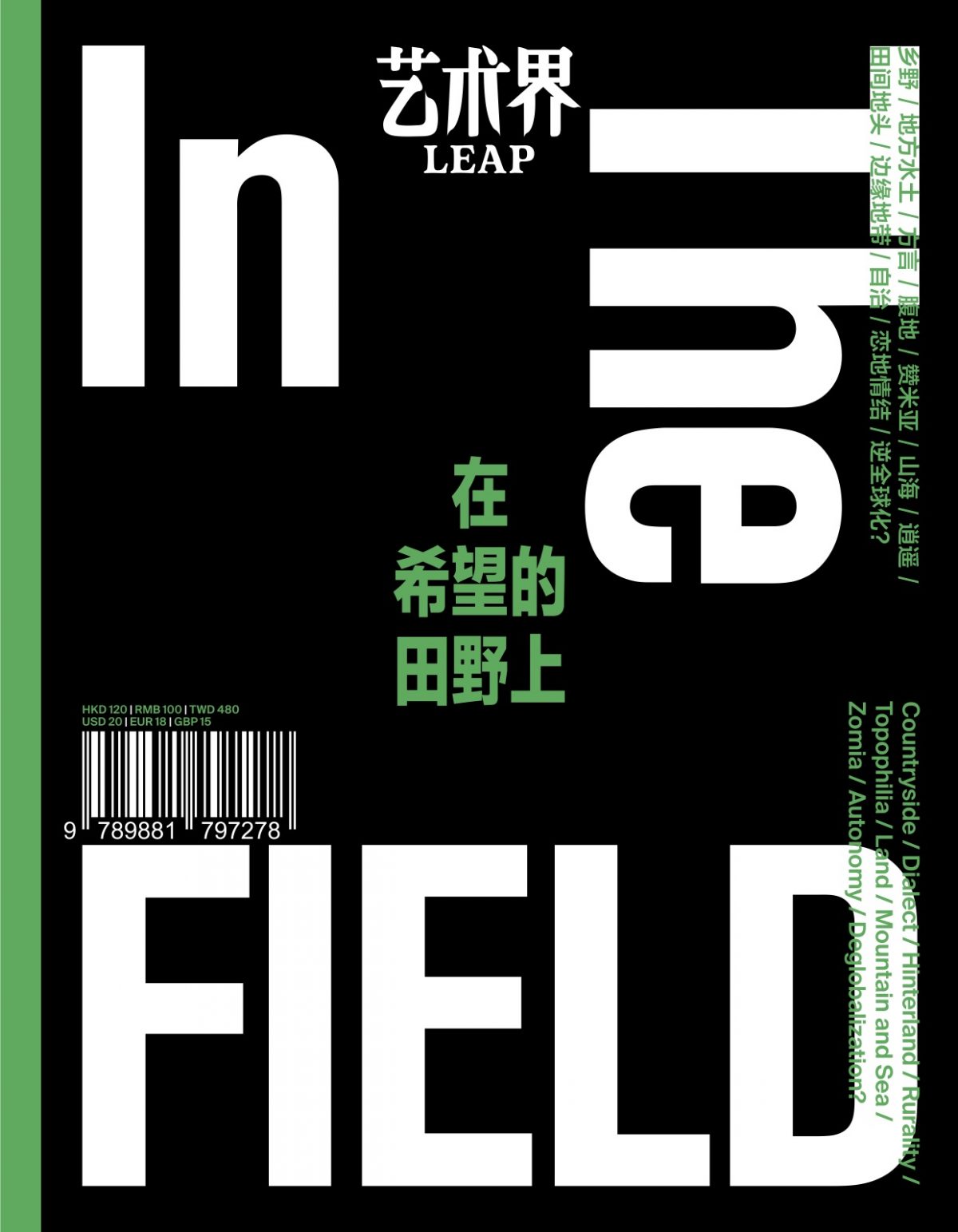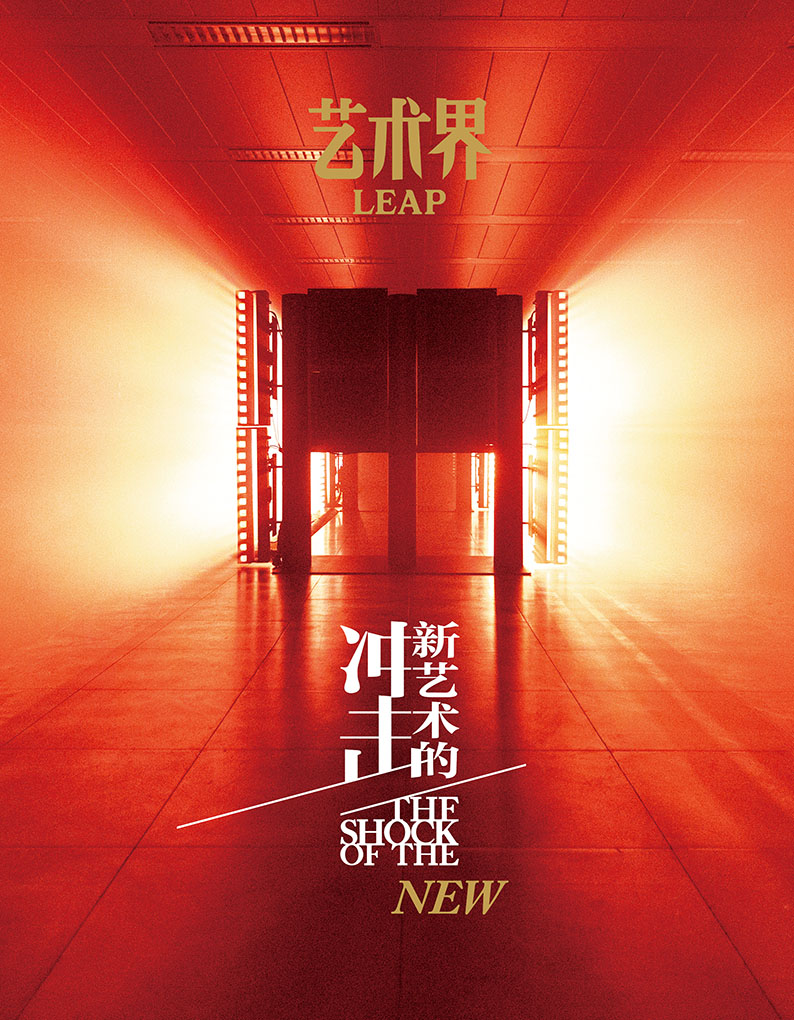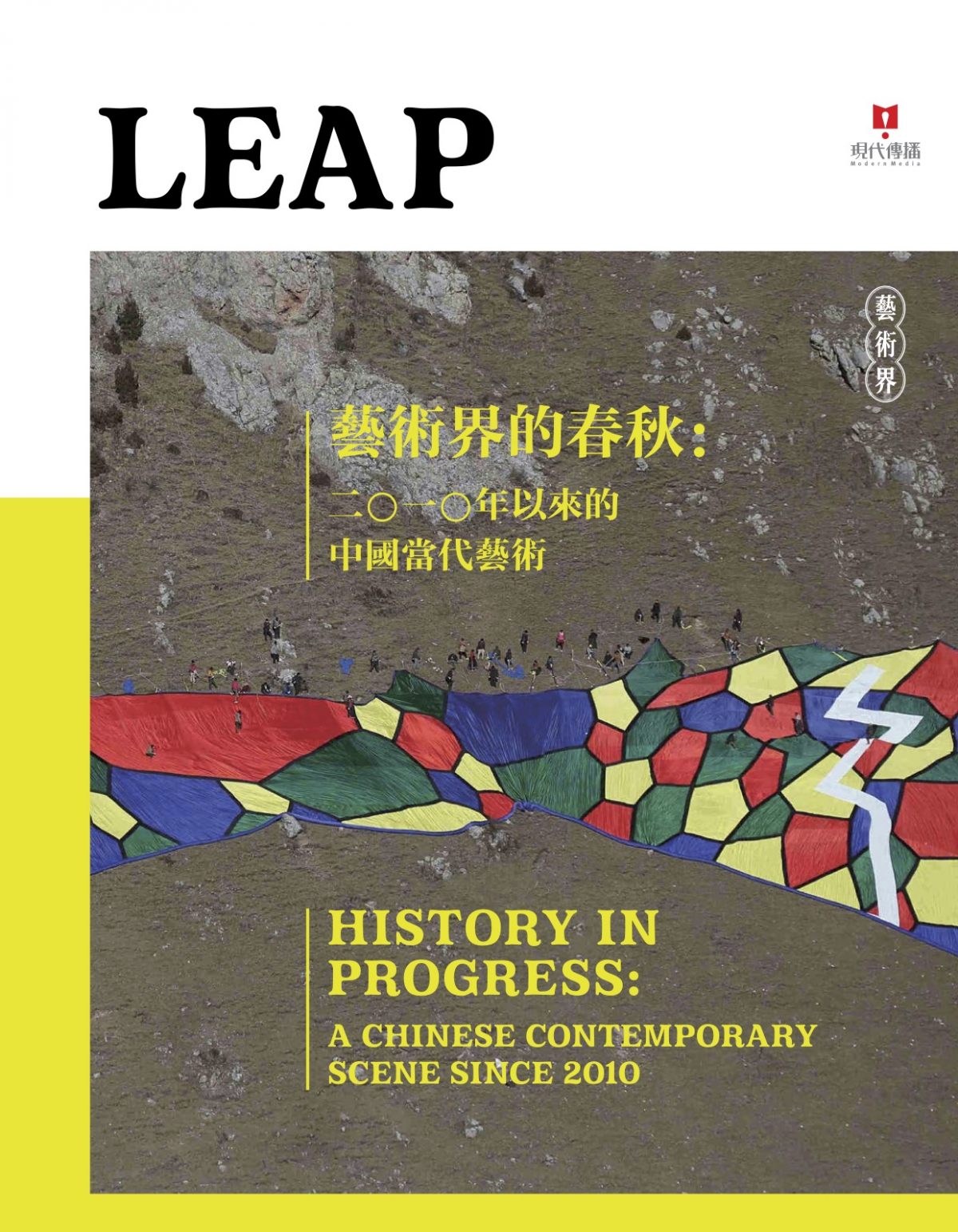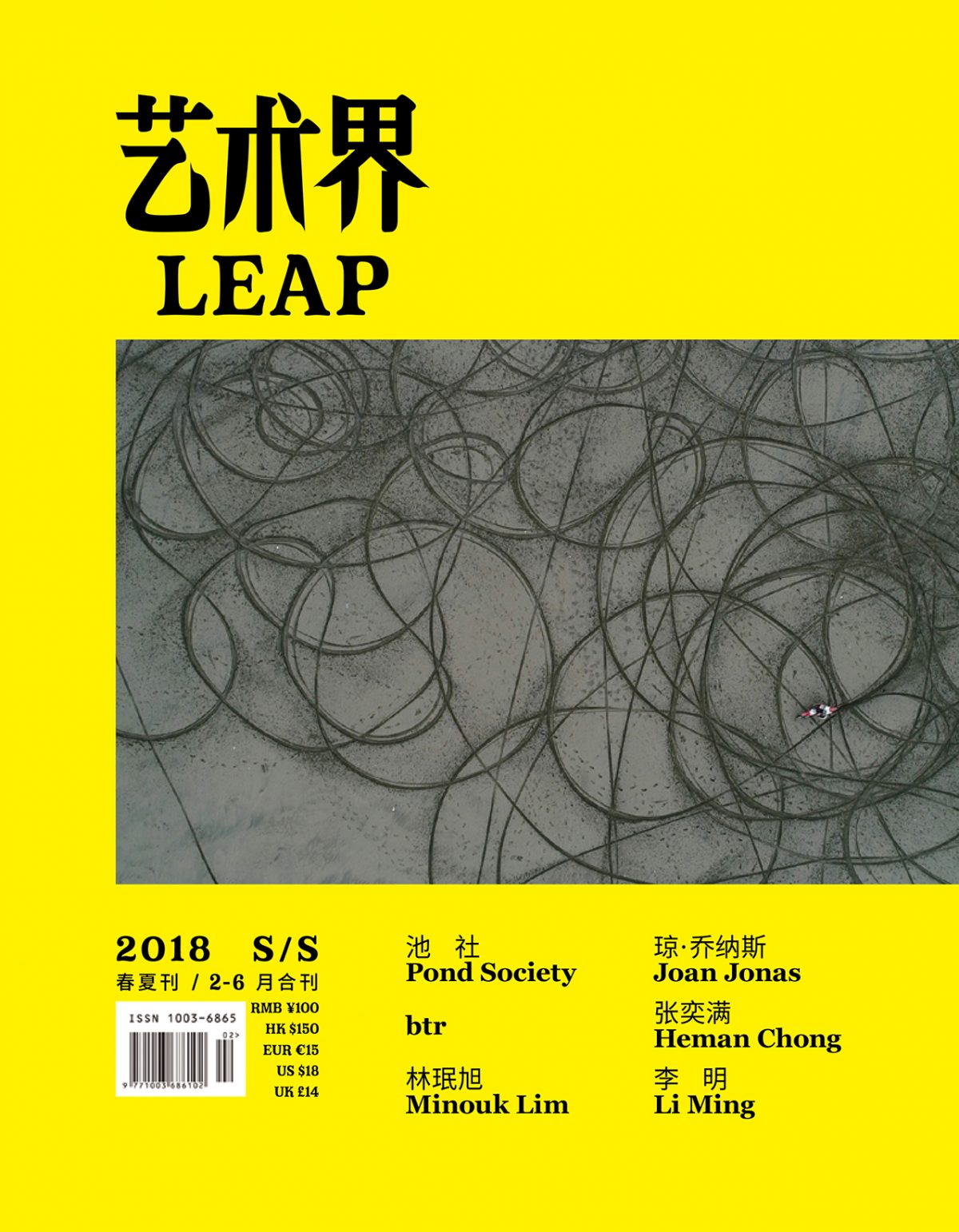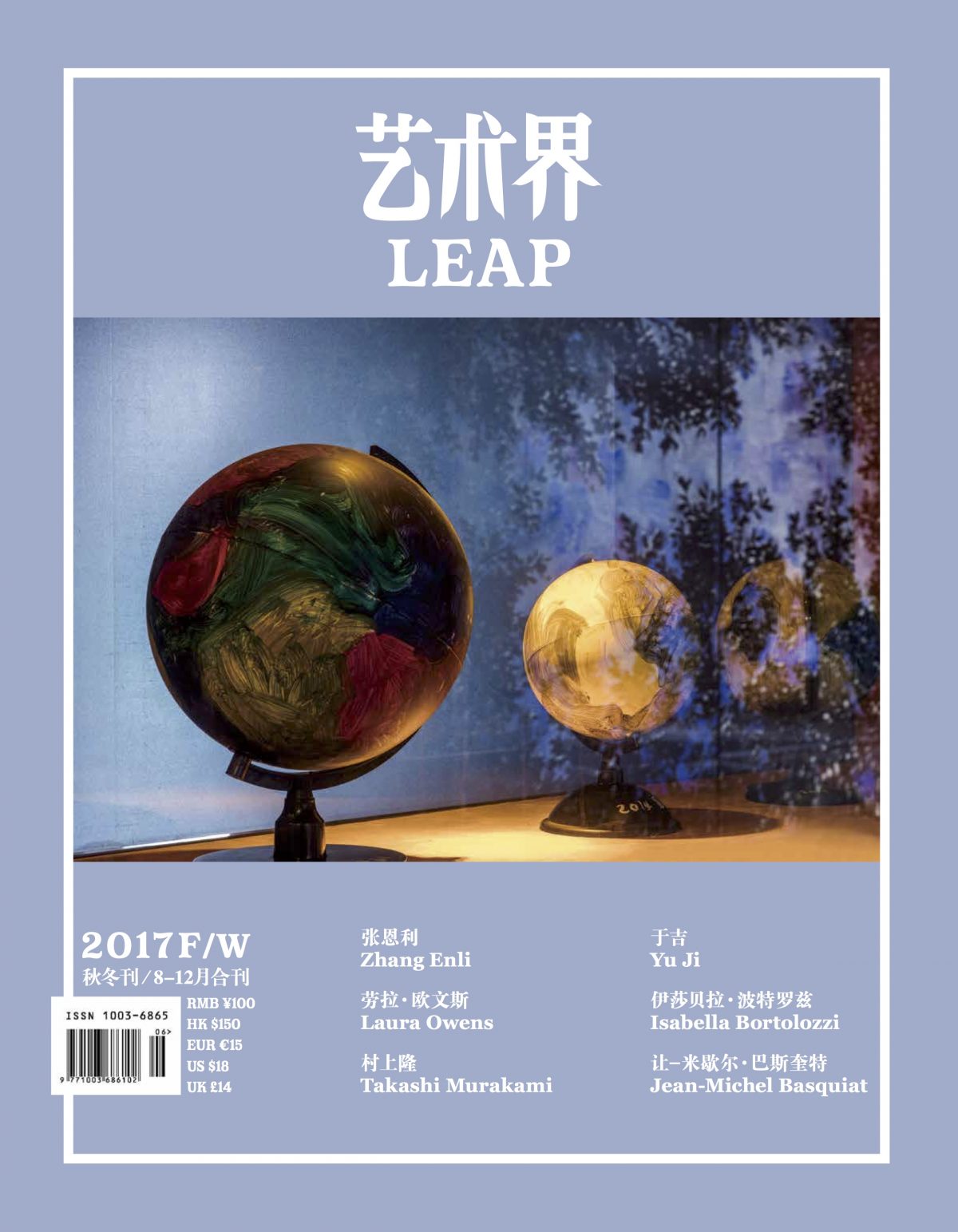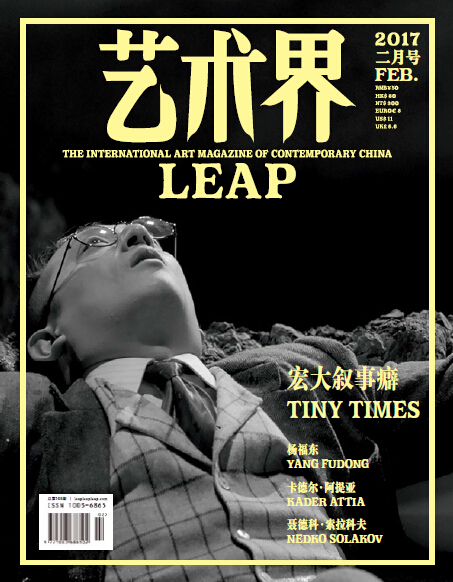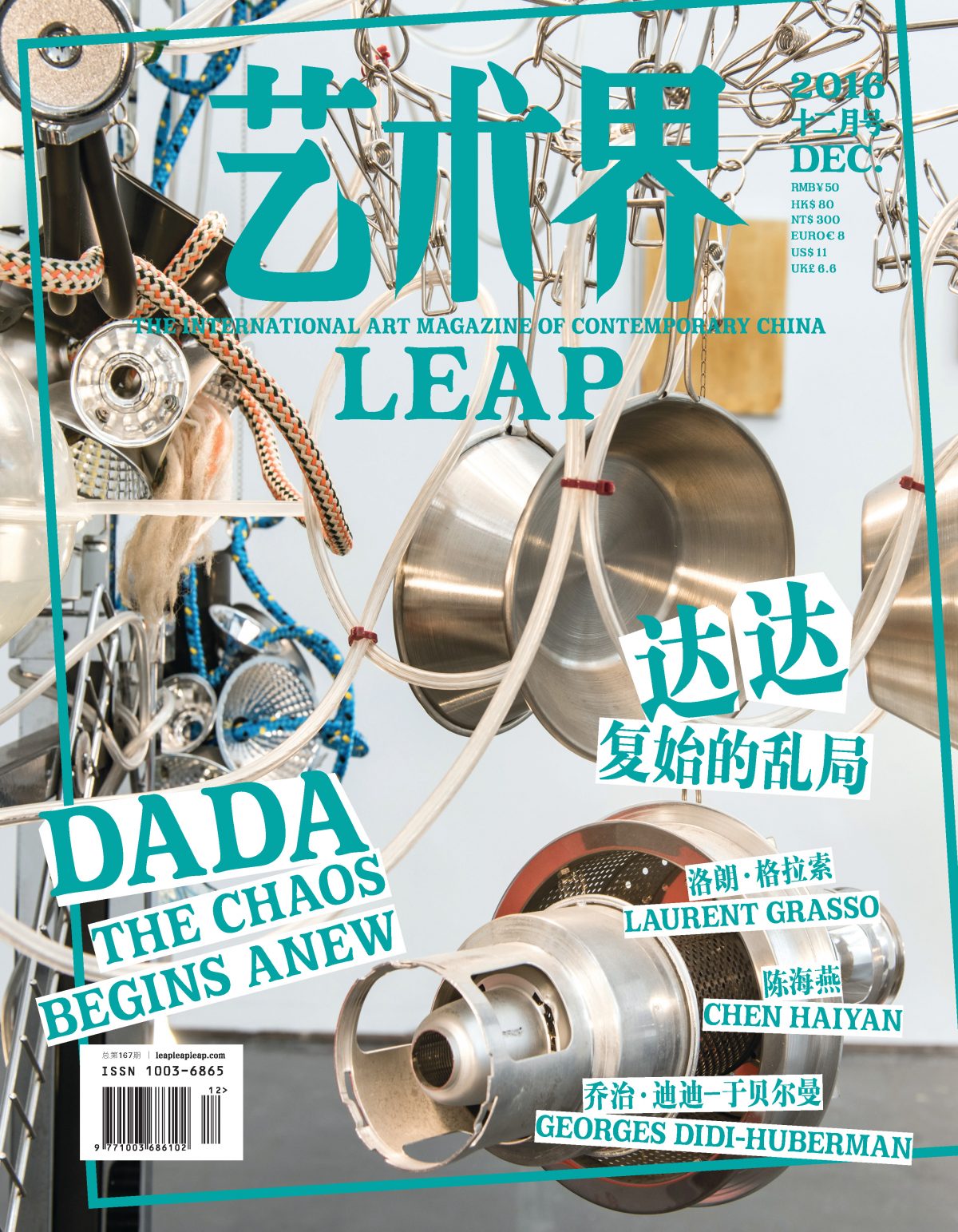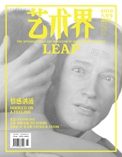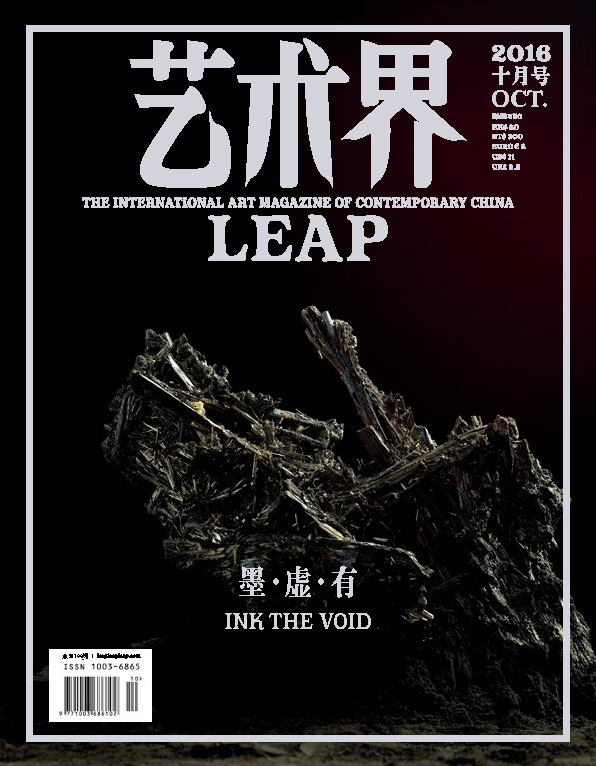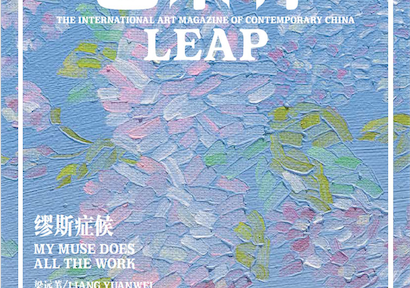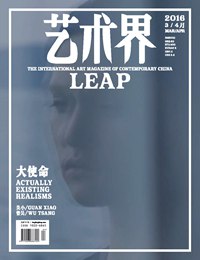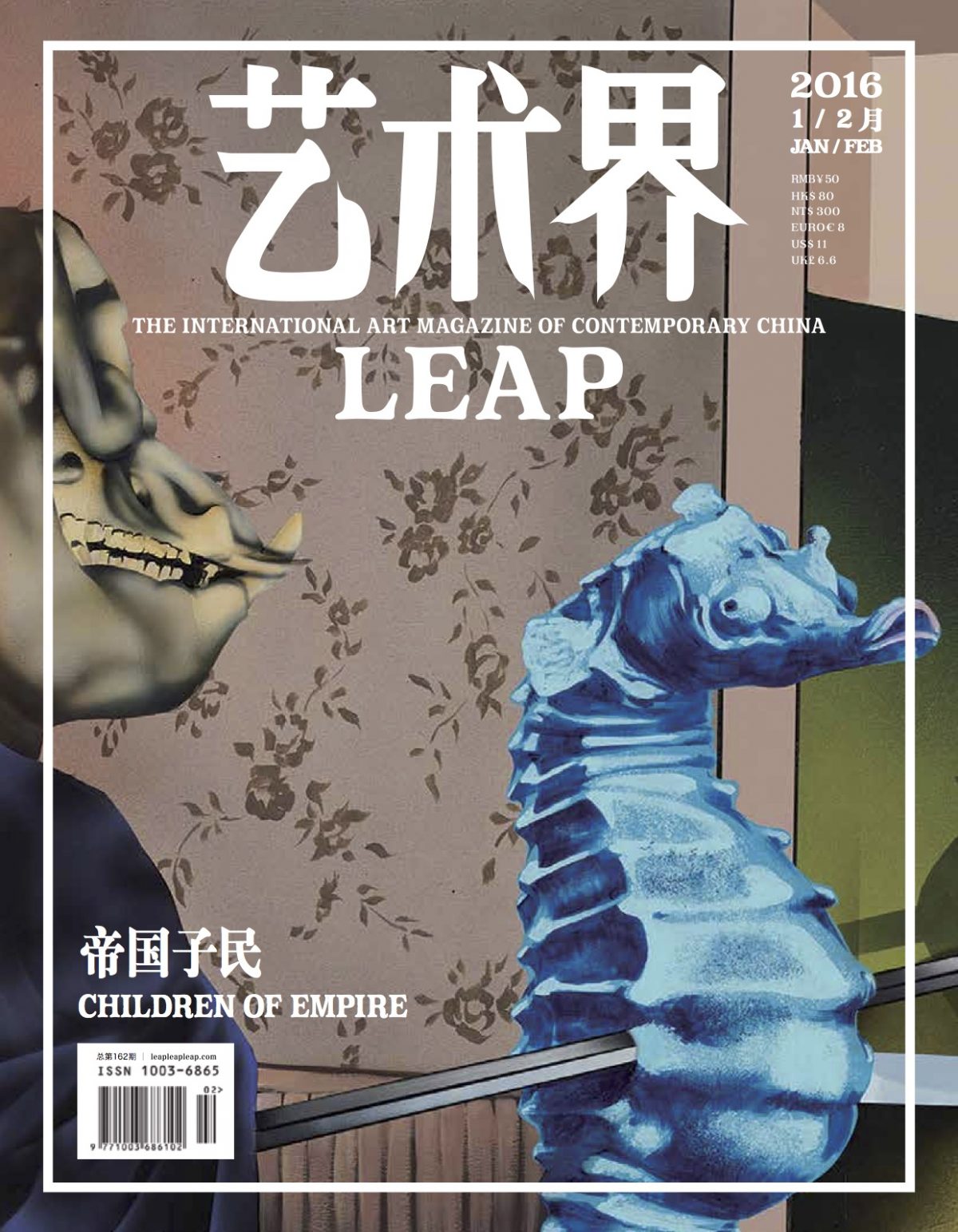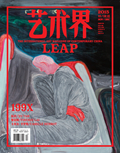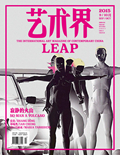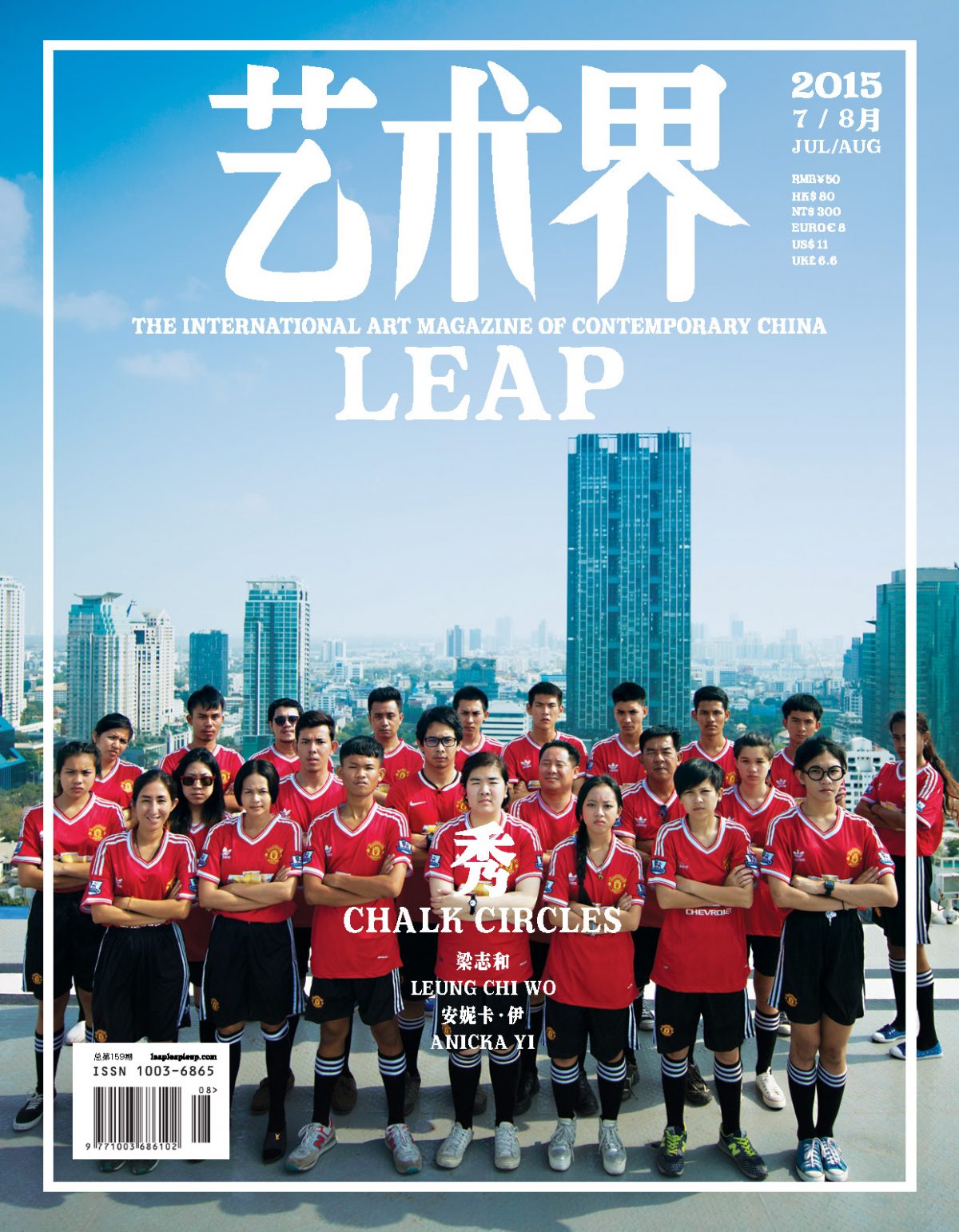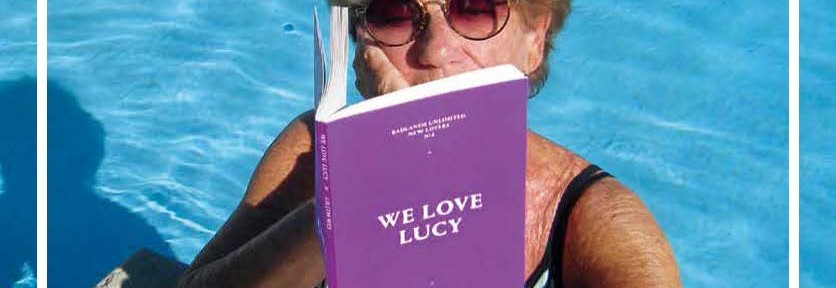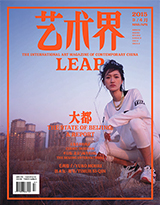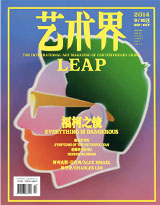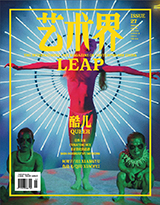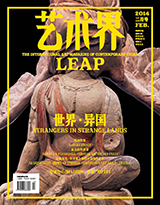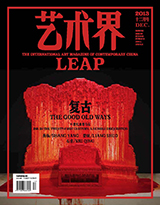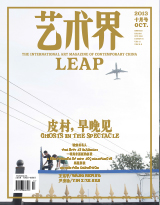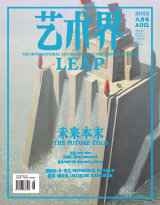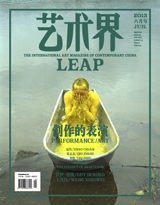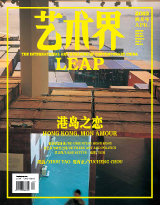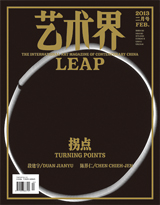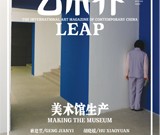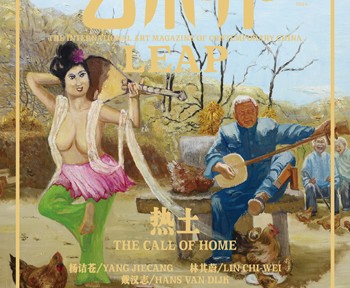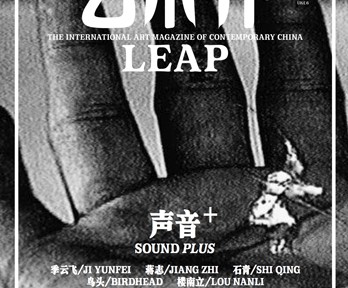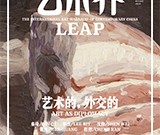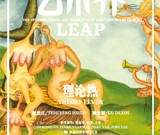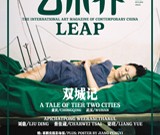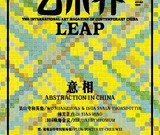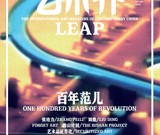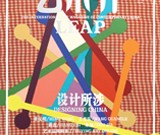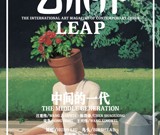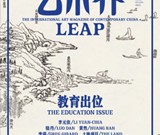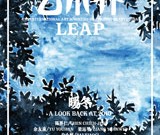Welcome to First Class. In this case, however, the phrase “art academy” does not refer to a fixed stage of life or a space for learning, but rather to a process of self-cultivation with various uncertain factors—full of chances and misunderstandings, in which we make the best of “sophomoric mistakes.” During this era of dramatic acceleration, we need to clarify and face the problems that have erupted in chaos. The opportunity arises to play things by ear; in fact, nearly all new experiences arise from self-experimentation. In “First Class,” LEAP takes a look at at contemporary art education from the bottom up, thinking in terms of learning rather than teaching; we invite educators, curators, and artists—especially those who have recently left school—to share their experiences of self-education, and to discuss the possibilities of a hidden curriculum.
McKenzie Wark introduces a perfect example of interdisciplinary thinking—Joseph Needham. According to Needham, the processes of thought and movement would dominate the his future plans, not only for understanding biological systems or the social structure of China’s past, but to infer the outcome of current and future social systems. Karen Archey explores German artist Isa Genzken’s practice, demonstrating her unique sense of artistic “fun.” Through an interpretation of Yu Cheng-Ta’s new work “Practicing LIVE,” Rikey Cheng expands on the alienation of the piece’s creation, improvisational structures, imitation, irony, and self-referentiality.
In our regular column “My Miles,” we interview Korean artist Haegue Yang, exploring how her practice is tied to her cultural and linguistic backgrounds, travels, and other abstract narratives; “Shop Talk” analyzes the ways in which Liu Xinyi’s work is grounded in political histories of text and image; in “On Canvas,” Song Yi attempts to decipher Liu Chuanhong’s Memoir in Southern Anhui, in which every possible medium is brought into play to convey Liu’s dreamscape; and “New Directions” brings in two young artists, Wang Xin and Austin Lee. In addition, you’ll also read about Guccivuitton, an artist-run gallery in Miami Beach, in “Institutional Critique”; the architectural exhibition “Modernism Revisited,” which stresses an exploration of modernism neglected by mainstream purview; the excavation of “Exhibition and Expediency” in Huang Sun Quan’s new solo exhibition; and a semi-fictional piece from Indonesia by Adam Bobbette.
This issue’s 14 exhibition reviews range from Paris to New York, Berlin to Seoul, including large-scale international exhibitions such as “Inside China/ L’Intérieur du Géant,” “The Anthropocene Project,” “Also Like Life: The Films of Hou Hsiao-Hsien,” “Polit-Sheer-Form!”, and “Sema Biennale Mediacity Seoul 2014.” Finally, you’ll also encounter reviews of solo shows from Cao Fei, Zhuan Hui, Liang Shuo, Liao Guohe, Peng Yi-Hsuan, and Wang Jianwei.

